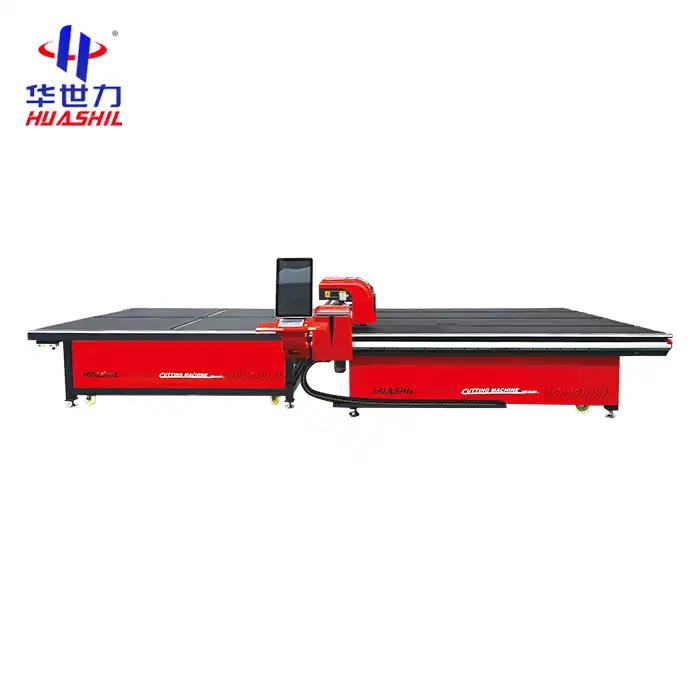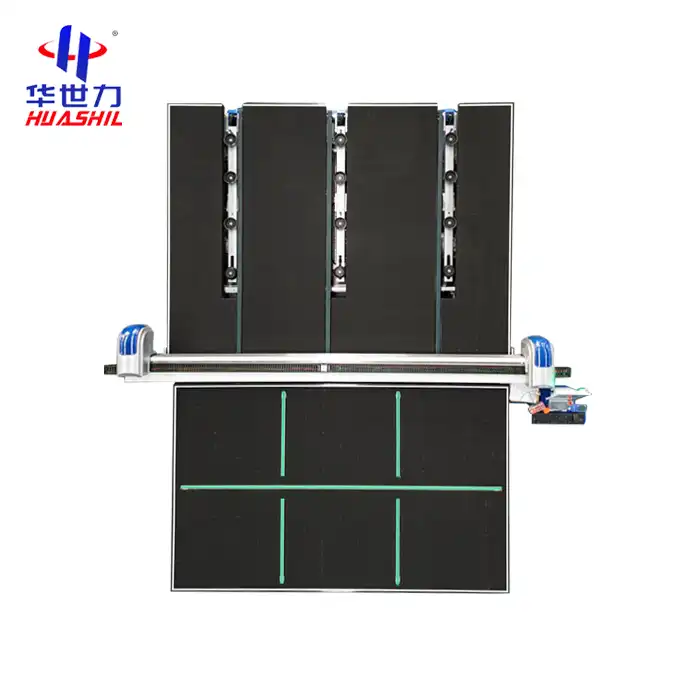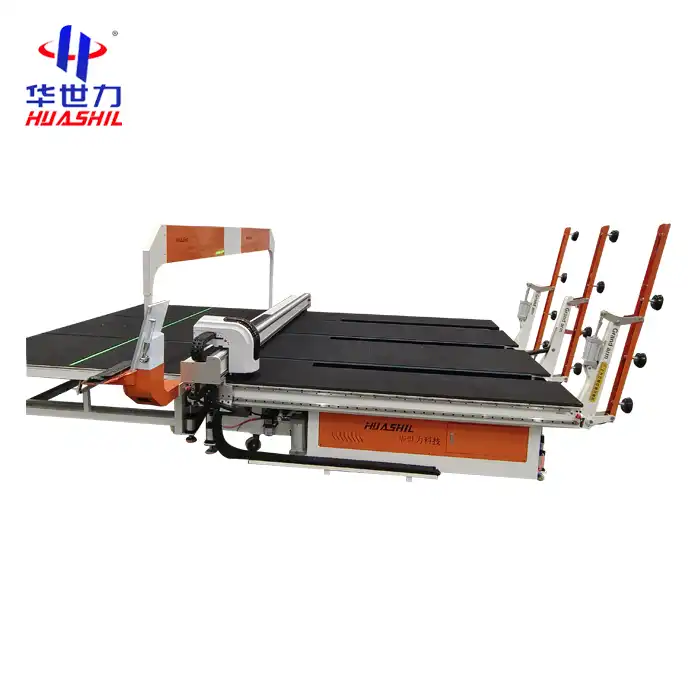- English
- French
- German
- Portuguese
- Spanish
- Russian
- Japanese
- Korean
- Arabic
- Greek
- German
- Turkish
- Italian
- Danish
- Romanian
- Indonesian
- Czech
- Afrikaans
- Swedish
- Polish
- Basque
- Catalan
- Esperanto
- Hindi
- Lao
- Albanian
- Amharic
- Armenian
- Azerbaijani
- Belarusian
- Bengali
- Bosnian
- Bulgarian
- Cebuano
- Chichewa
- Corsican
- Croatian
- Dutch
- Estonian
- Filipino
- Finnish
- Frisian
- Galician
- Georgian
- Gujarati
- Haitian
- Hausa
- Hawaiian
- Hebrew
- Hmong
- Hungarian
- Icelandic
- Igbo
- Javanese
- Kannada
- Kazakh
- Khmer
- Kurdish
- Kyrgyz
- Latin
- Latvian
- Lithuanian
- Luxembou..
- Macedonian
- Malagasy
- Malay
- Malayalam
- Maltese
- Maori
- Marathi
- Mongolian
- Burmese
- Nepali
- Norwegian
- Pashto
- Persian
- Punjabi
- Serbian
- Sesotho
- Sinhala
- Slovak
- Slovenian
- Somali
- Samoan
- Scots Gaelic
- Shona
- Sindhi
- Sundanese
- Swahili
- Tajik
- Tamil
- Telugu
- Thai
- Ukrainian
- Urdu
- Uzbek
- Vietnamese
- Welsh
- Xhosa
- Yiddish
- Yoruba
- Zulu
How Does a Mobile Glass Cutting Machine Work?
A mobile glass cutting machine is a sophisticated piece of equipment designed to precisely cut glass panels with remarkable accuracy and efficiency. These portable machines have revolutionized the glass processing industry by bringing professional-grade cutting capabilities directly to job sites. Combining advanced technology with mobility, these machines enable operators to perform complex cuts while maintaining the highest standards of precision and safety. The evolution of these machines has transformed glass processing from a stationary, factory-bound operation into a flexible, on-site service that meets modern construction and renovation demands.
What are the key components of a mobile glass cutting machine?
The intricate design of a mobile glass cutting machine comprises several essential components that work in harmony to deliver precise cuts. At its core, the cutting head assembly houses a tungsten carbide or diamond cutting wheel, which creates a controlled score line on the glass surface. This scoring mechanism is precisely controlled through a sophisticated pressure regulation system that ensures consistent cutting depth. The machine features a robust frame, typically constructed from aircraft-grade aluminum or high-strength steel, providing stability while maintaining portability. The cutting bridge, equipped with linear bearings and precision rails, enables smooth movement across the glass surface, while integrated measurement systems, including digital displays and laser guides, ensure accurate positioning. Modern units incorporate advanced features such as automatic lubrication systems that apply cutting fluid to reduce friction and prevent glass dust dispersion. The control panel, often featuring touchscreen interfaces, allows operators to input cutting parameters, adjust speed settings, and monitor operations in real-time. Additionally, vacuum suction cups or pneumatic clamping systems secure the glass firmly in place during cutting operations, preventing unwanted movement that could compromise cut quality.
The electrical system of these machines is equally sophisticated, featuring precision motors that drive the cutting head with variable speed control. These motors are typically brushless DC or servo motors that provide precise control over cutting speed and pressure. The power distribution system includes safety features such as emergency stop buttons and overload protection circuits. Many modern machines also incorporate wireless connectivity for remote monitoring and diagnostics, allowing manufacturers to provide real-time support and troubleshooting. The measurement system often includes both mechanical and digital components, with some models featuring automated dimension verification through computer vision systems.

How does the cutting process of mobile glass machines ensure precision?
The cutting process employed by mobile glass machines is a masterful blend of mechanical precision and controlled physics. When initiating a cut, the machine first establishes precise alignment through laser guidance systems that project cutting lines onto the glass surface. The cutting wheel, rotating at optimized speeds, creates a microscopic fissure in the glass surface through carefully calculated pressure application. This initial score line, typically 0.1 to 0.2 millimeters deep, serves as a predetermined breaking point. The machine maintains consistent pressure throughout the cutting motion through advanced pressure-sensing technology that automatically adjusts to variations in glass thickness or composition. Advanced models incorporate dynamic force control systems that modify cutting pressure in real-time, particularly crucial when navigating curves or complex patterns. The cutting speed is automatically regulated based on glass thickness and composition, typically ranging from 50 to 150 meters per minute for straight cuts. Temperature monitoring systems ensure the cutting wheel maintains optimal operating conditions, as heat buildup can affect cut quality. The machine's precision is further enhanced by vibration dampening systems that isolate the cutting mechanism from environmental disturbances. Many modern units employ artificial intelligence algorithms that analyze cutting parameters in real-time, making micro-adjustments to optimize cut quality and prevent defects.
The quality control aspects of the cutting process are equally important. Most machines incorporate real-time monitoring systems that track cutting force, speed, and position throughout the operation. These systems can detect anomalies that might indicate potential quality issues, such as irregular cutting resistance or unexpected vibrations. Advanced models feature automated quality verification systems that use sensors to measure cut straightness and edge quality immediately after cutting. Some machines also include automated edge processing capabilities, smoothing the cut edges to reduce the need for secondary finishing operations.

What maintenance procedures ensure optimal performance of mobile glass cutting machines?
Maintaining a mobile glass cutting machine requires a comprehensive approach to ensure consistent performance and longevity. Regular inspection and maintenance protocols begin with daily cleaning procedures to remove glass particles and debris that could affect cutting accuracy. The cutting wheel, being the primary contact point with glass surfaces, requires particular attention. Operators must regularly check wheel wear patterns and rotation smoothness, replacing wheels when wear exceeds manufacturer specifications, typically after 3,000 to 5,000 meters of cutting. The machine's linear guidance system, including rails and bearings, needs periodic lubrication with specialized oils that prevent friction and wear while maintaining smooth movement. Calibration of measurement systems, including laser guides and digital displays, should be verified weekly using certified reference standards to maintain cutting accuracy. The pressure regulation system requires quarterly inspection of seals, valves, and pressure sensors to ensure consistent cutting force application. Electronic components, including control panels and sensors, undergo routine diagnostic testing to identify potential issues before they affect performance. The machine's frame and support structure should be checked for alignment and stability, with any loose connections or worn components addressed promptly. Preventive maintenance schedules typically include monthly comprehensive inspections of all moving parts, electrical connections, and safety systems. Additionally, software updates should be installed as released by manufacturers to ensure optimal performance and access to the latest features and improvements.
Beyond routine maintenance, operators must also focus on environmental factors that can affect machine performance. The work area should be maintained at a consistent temperature and humidity level, as environmental variations can impact cutting precision. Dust control systems need regular inspection and filter replacement to maintain optimal air quality around the cutting area. The mobile glass cutting machine's electrical systems should be protected from power fluctuations through appropriate surge protection devices. Training programs for operators should be conducted regularly to ensure proper machine operation and maintenance procedures are followed consistently. Documentation of all maintenance activities, including parts replacement and calibration records, helps track machine performance over time and predict potential issues before they cause downtime.
Shandong Huashil Automation Technology Co., Ltd. is a leading provider of glass deep processing equipment and system solutions, integrating R&D, manufacturing, sales, and technical services. Located in the Industrial Park of Rizhao High-tech Zone, Shandong Province, the company boasts modern workshops, advanced processing equipment, and an annual output of over 1,000 units of intelligent glass equipment. With more than ten years of export experience, Huashil serves over 5,000 domestic customers and exports its products to more than 80 countries and regions worldwide. The company is recognized as a "National High-tech Enterprise" and a "Province of Specialization and New Enterprise," with a strong focus on technological innovation and product quality. Huashil’s core products include glass cutting machines, glass loading machines, sintered stone machines, laser marking machines, glass edging machines, intelligent glass storage and sorting systems, and complete glass deep processing equipment. The company has passed ISO9001 quality management system certification and holds numerous national patents. Huashil is committed to providing high-quality, cost-effective solutions and reliable after-sales service, guided by the principles of "customer first, quality first." Looking ahead, Huashil will continue to focus on technological innovation, improve product quality, and strengthen its market competitiveness while promoting the sustainable development of the industry and contributing to a better living space for humanity. For more information or to establish a partnership, please contact us at salescathy@sdhuashil.com.
References:
1. Journal of Glass Processing Technology (2024). "Advances in Mobile Glass Cutting Systems"
2. International Glass Manufacturing Quarterly (2023). "Precision Cutting Technologies in Modern Glass Processing"
3. Glass Industry Technical Review (2024). "Maintenance Standards for Portable Glass Processing Equipment"
4. Advanced Materials Processing (2023). "Innovation in Mobile Glass Fabrication"
5. Industrial Automation Review (2024). "Smart Technologies in Glass Cutting Machinery"
6. Manufacturing Technology Journal (2023). "Quality Control in Mobile Glass Processing"
7. Journal of Industrial Maintenance (2024). "Preventive Maintenance Strategies for Glass Processing Equipment"
8. Engineering Systems Quarterly (2023). "Precision Control in Automated Glass Cutting"
9. Industrial Equipment Review (2024). "Mobile Glass Processing: State of the Industry"
10. Technology in Manufacturing (2023). "Evolution of Portable Glass Cutting Systems"
Learn about our latest products and discounts through SMS or email

_1735867606228.webp)

